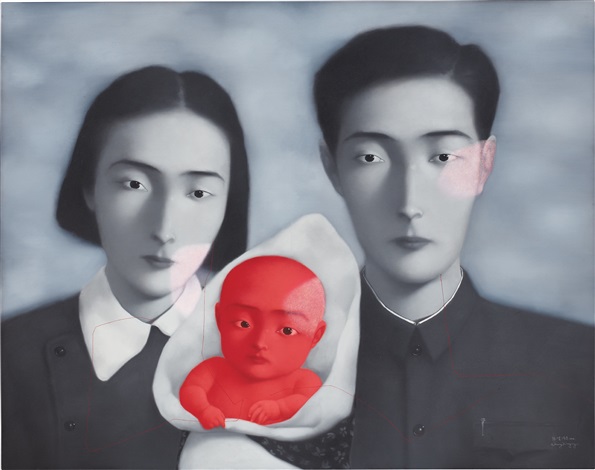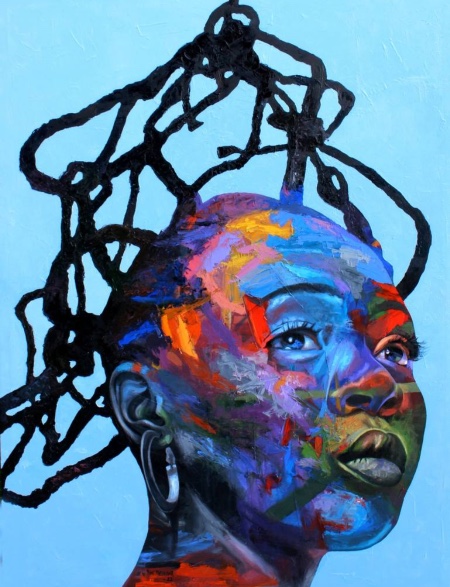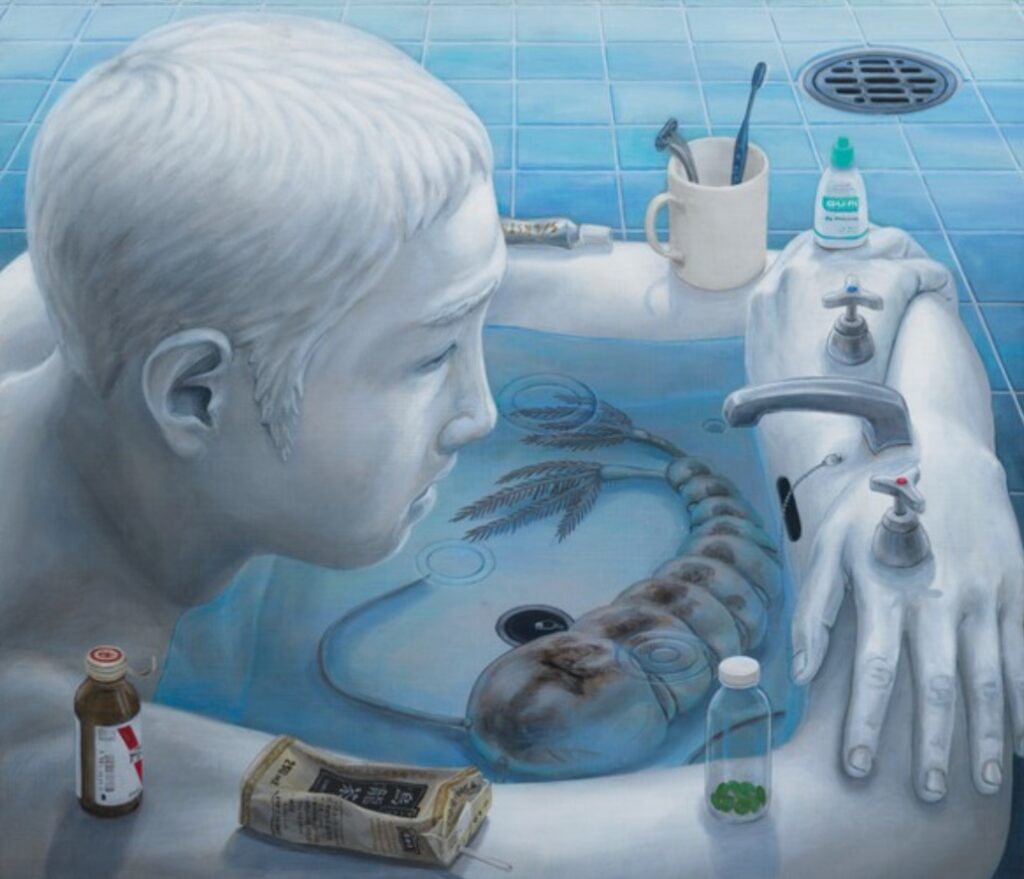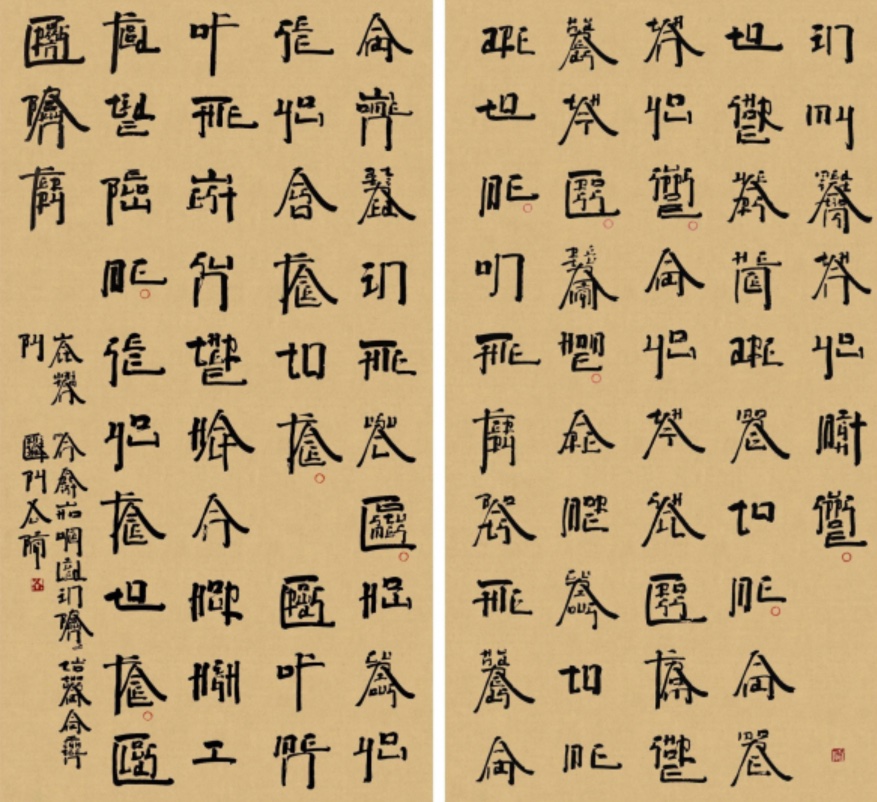Indigenous Art Taking Centre Stage
by
Alison Chiu

In a vibrant symphony of colors, narratives, and traditions, Indigenous art has begun to permeate the canvas of the global art landscape with newfound vigour. Each brush stroke carries the weight of ancestral stories, the richness of ancient cultures, and the profound intricacies of histories woven into the fabric of Indigenous societies. This remarkable resurgence isn’t just a revival of art forms; it is a loud, poignant statement—a reclaiming of space and identity in contemporary dialogues that shape our appreciation of artistic diversity.
Historical Context
Journeying through time, Indigenous art has historically sailed the turbulent waters of marginalization and underrepresentation. However, the tides are turning, as galleries, museums, and virtual platforms now echo with the voices of Indigenous creators. These creative spaces have become arenas where the interplay of traditional motifs and modern aesthetics unfolds, allowing for a dynamic expression of cultural continuity and innovation. Through the lens of artistic reverence, we witness a powerful confluence where the essence of Indigenous legacy gracefully converges with the currents of contemporary artistry.
Diverse Storytelling Through Indigenous Art
Indigenous art unfolds a breathtaking tapestry of stories that are as diverse as the artists who breathe life into them. Painters like Brian Yazzie, a Navajo artist, are ambassadors of this cultural renaissance, his canvases whispering tales of the Navajo people through a confluence of traditional symbols and contemporary motifs. One of his poignant works, “Desert Night,” marries the vastness of the Southwestern landscapes with the vibrant spirituality of his ancestry, offering viewers an intimate passage through time and tradition.
Sculpture, too, plays a pivotal role in this storytelling odyssey. Artists like Roxanne Swentzell, from the Santa Clara Pueblo, utilize clay to curate powerful dialogues around Indigenous identity and societal norms. Her sculpture, “The Emergence,” encapsulates the essence of life’s cycles, portraying a world blossoming through the hands of Indigenous wisdom.
The Intersection of Tradition and Modernity
Navigating the realms of tradition and modernity, Indigenous artists skillfully weave the past into the present. A perfect embodiment of this fusion is the digital artistry of Steven Paul Judd, a Kiowa-Choctaw artist. His work often infuses popular culture icons with Indigenous narratives, crafting a modern representation that resonates with a wider audience while preserving the integrity of traditional stories. One striking piece, “Native Americans Discover Columbus,” humourously inverts historical narratives, embodying a confluence where tradition meets modern critique.
This fusion is also reflected in the works of Jamie Okuma, a Luiseño and Shoshone-Bannock artist known for her exquisite beadwork. Okuma’s creations, such as her adorned shoes, stand as testimony to the evolution of Indigenous art forms, merging historical craft with contemporary fashion.
Incorporating such artists and their expressive works invites readers into the profound depth and innovation present in contemporary Indigenous art, illustrating a rich landscape of diverse creativity and storytelling.
Reception in Mainstream Art Circles
The realm of mainstream art has begun to unfold its arms more widely to embrace the profundity of Indigenous expressions. Esteemed galleries and museums across the world have started to curate spaces where the voices of Indigenous artists can echo, reverberating their stories within revered walls. Exhibitions such as “Hearts of Our People: Native Women Artists,” which graced the Smithsonian American Art Museum, exemplify this burgeoning recognition, heralding the creative prowess of Indigenous women artists and fostering enriched dialogues within the global art community.
Virtual platforms too have become powerful avenues, amplifying the reach of Indigenous artistry. Online showcases and social media have cultivated spaces where artists can connect with diverse audiences, breaking geographical barriers and fostering a global appreciation for their craft. Collaborations have flourished, bridges have been built, and a network of shared respect and admiration has been woven, connecting corners of the world through the universal language of art.
Challenges and the Way Forward
Despite the heartening strides towards inclusivity, the journey of Indigenous art towards mainstream recognition is not without its challenges. Crucial among these is the specter of cultural appropriation, where the sanctity of Indigenous motifs and narratives are sometimes compromised, diluted, or misrepresented by external entities without the necessary sensitivity or understanding. A consistent dialogue surrounding authenticity and respect is essential in navigating these waters, ensuring that the roots of Indigenous art remain nourished by truth and integrity.
Misrepresentation, too, looms as a challenge, where the depth and diversity of Indigenous cultures run the risk of being oversimplified or misunderstood. This calls for a vigilant and conscious approach in the portrayal and reception of Indigenous art, where artists are empowered to define their narratives with autonomy and clarity.
Yet, optimism prevails, painting the horizon with hues of hope and potential. The canvas of the future holds the promise of a landscape where Indigenous art flourishes with dignity, respect, and a profound appreciation for its intrinsic value.
In the interplay of colors, stories, and traditions, Indigenous art invites us to embrace a spectrum of human experience that is both profoundly unique and universally resonant. This journey through the realms of artistic expression holds a mirror to the richness of Indigenous cultures, encouraging a deeper, more nuanced appreciation of diversity within the global tapestry of art. It is a narrative of resilience, creativity, and the powerful continuity of cultural legacies, weaving a future where every stroke, sculpture, and story enriches our collective understanding and appreciation of the arts.









